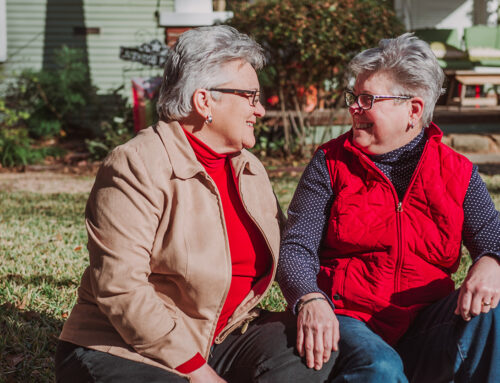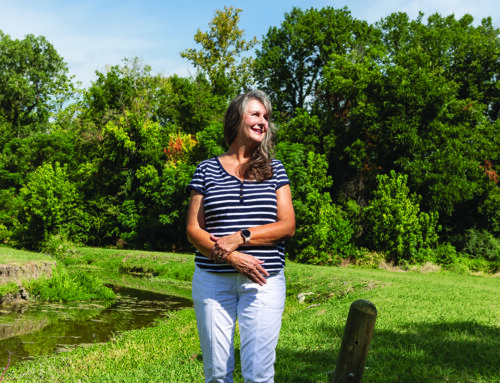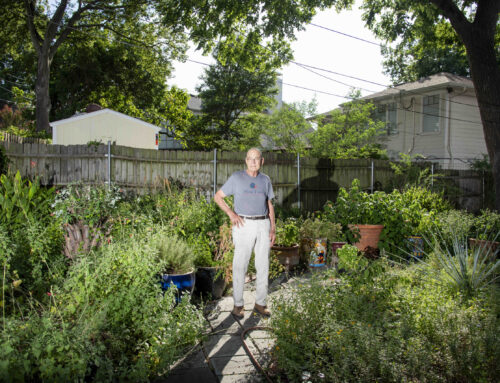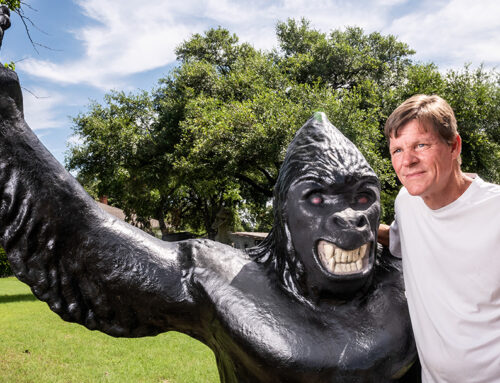Trinity River is no reason to vote against the bond
On Nov. 7, Dallas citizens will be asked to invest $1.37 billion in public infrastructure. This bond program is the largest ever, with more than $1 billion being dedicated to streets, parks and flood protection. And while these numbers sound large, they dwarf in comparison to Dallas’ needs inventory of approximately $11 billion.
When we debate future investments, we assess those made in the past. The elephant in the room today is the Trinity River Project. First, it is important to understand the projects included in the 1998 Trinity River Proposition. The Dallas Floodway Extension, the Elm Fork Levee, Transportation Improvements (including the Trinity Parkway, the Woodall Rodgers Extension Bridge), the Great Trinity Forest, and the Chain of Lakes represented a collective $246 million city contribution, intended to leverage more than $1 billion from other public agencies.
How has that funding allocation changed? Very little. The Elm Fork varies because the Corps of Engineers will not participate. The Trinity Parkway will be smaller with fewer traffic lanes. Progress is being made. The city has acquired or received approval for acquisition of 1,000 acres of Trinity Forest. We are currently preparing wetlands. Design is underway for trails, the Trinity Audubon Center, the lakes and amenities.
The original Woodall Rodgers Extension Bridge has been designed by Architect Santiago Calatrava, however, the city’s commitment remains at $28 million. The balance of the $69 million projected cost is funding committed from state, federal, and private sources. Those funds would largely be lost if a Calatrava Bridge were not built. They would not be available for use to buy additional parkland or to improve levees.
It is correct that the city can move funding within a proposition (i.e. a street project for a street project). However, those decisions are infrequent and are usually made by the Council because a project is no longer needed or wanted. This has not been the case for the Trinity projects. In addition, a recent City Auditor report confirmed no findings of inappropriate spending or reallocation of funds for the Trinity River Project.
From the beginning the complexity of the Trinity and the need for multi-agency coordination meant the timeline for completion would be much longer than a typical bond proposal. The original Trinity items were placed in a single proposition because they were interdependent. The completion of the lakes, for example, allowed the levees to be improved to provide greater flood protection.
Some are now asking: Are Trinity River items in this bond program? Roughly $75 million in the streets, parks and flood protection propositions affect the Trinity River Corridor. The next question is: Are those bonds being used to purchase items that we were promised in the first bond program? The answer is no. For example, $118 million of levee drainage system items are listed. This investment is needed whether we do the Trinity River Project or not. Pressure sewers and sump pumps help convey storm water from our neighborhoods outside the levees, across the floodway and into the river. Their replacement and periodic expansion are necessary due to wear and growth. However, a portion of the investment is needed in order to convey the water a longer distance due to the movement of the river channel and the construction of a lake.
The additional items — whether parks, or streets or flood protection — are part of an ongoing investment in the corridor. However, they are not being utilized to make up shortfalls. The Trinity River Corridor is a significant part of our city, and we will make ongoing investments, just as we do in our library or park system.





